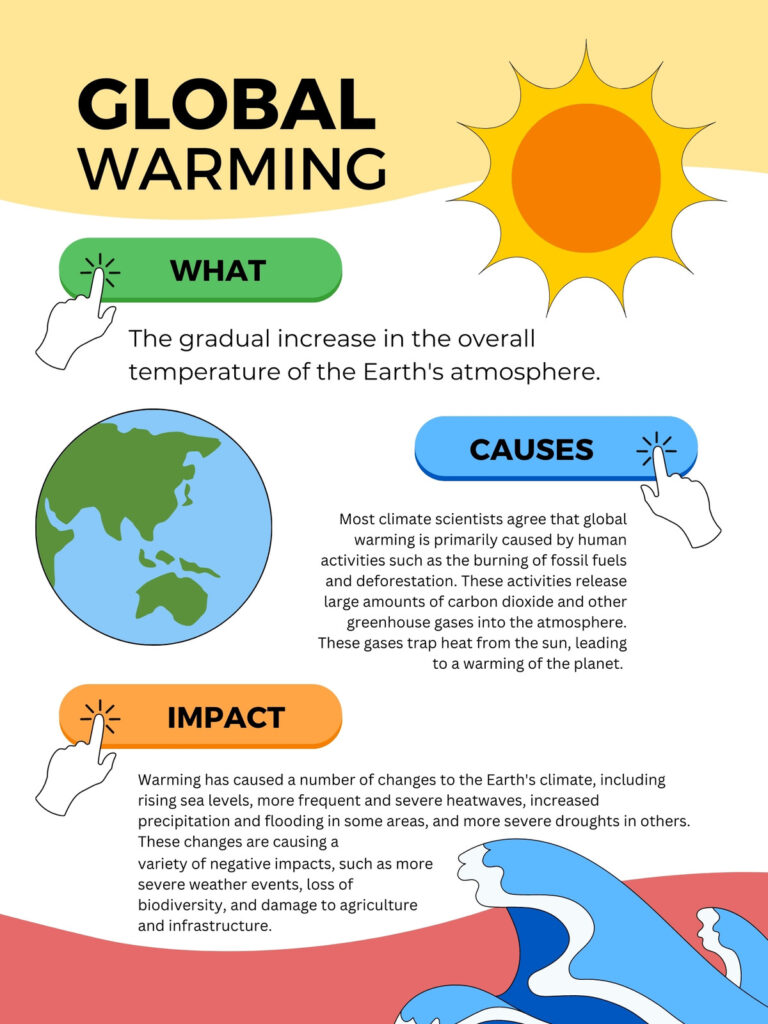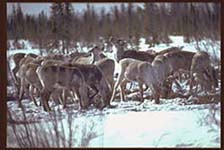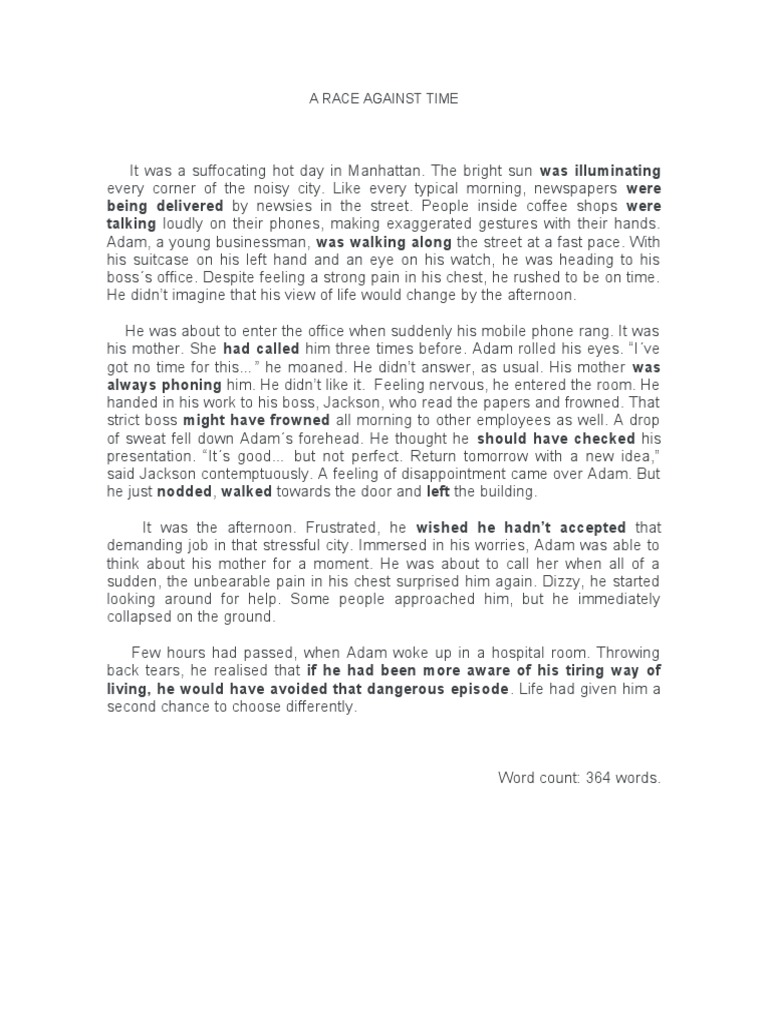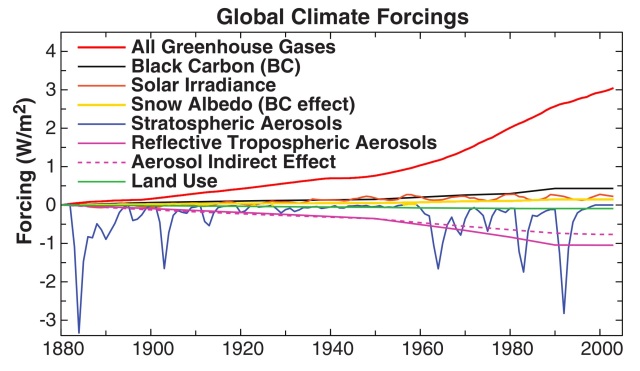Understanding the multifaceted phenomenon of global warming demands an appreciation of the myriad forces driving this alarming trend. While many tend to focus solely on human-induced activities, the truth is that global warming is a complex interplay of natural and anthropogenic elements. This article delves into the underlying mechanisms propelling the Earth’s fever, exploring the distinct yet interconnected components of this global crisis.
The genesis of global warming lies primarily in the greenhouse effect—a natural process wherein certain gases in the Earth’s atmosphere trap heat, thereby maintaining a temperature conducive for life. However, human activity has significantly intensified this effect, enhancing the concentration of greenhouse gases and propelling the planet towards alarming temperature increases.
The current trajectory points toward a world that is not just warming, but evolving into something unrecognizable. To comprehend this shift, one must assess both the natural forces at play and the anthropogenic drivers that exacerbate these changes.
Primary Contributors to Global Warming
Greenhouse Gases: The Heavyweights
The foremost players in the global warming saga are greenhouse gases. Carbon dioxide (CO2), methane (CH4), nitrous oxide (N2O), and fluorinated gases all contribute to atmospheric heating. Carbon dioxide, primarily released from burning fossil fuels, deforestation, and various industrial processes, is the most significant of these. The sheer volume of CO2 produced since the beginnings of the Industrial Revolution exemplifies humanity’s voracious appetite for energy. High emissions correlate directly with an uptick in global temperatures.
Methane, while less abundant, is far more potent in its heat-trapping capabilities. Released during the production and transport of coal, oil, and natural gas, as well as from livestock and other agricultural practices, methane’s global warming potential is over twenty times that of CO2 in the short term. The distinction in longevity should not be overlooked; though methane dissipates faster from the atmosphere, its immediate impact is profound.
Understanding the role of nitrous oxide and fluorinated gases further underscores the complexity of global warming. While these are produced in smaller quantities, their warming potential warrants attention, particularly in discussions around agricultural practices and industrial applications. Their contribution, albeit less frequent in discourse, compounds the challenge significantly.
The Role of Politics and Policy
Governments play a pivotal role in curbing global warming through legislative measures and investigative initiatives. International agreements like the Paris Accord exemplify collective attempts to confront this crisis. However, political will often fluctuates, hindered by economic interests, lobbying, and a persistent disconnect between policymakers and scientific consensus.
National policies regarding emissions regulations, renewable energy investments, and conservation efforts are crucial in mitigating global warming. Political inertia may stem from short-term planning focused on immediate constituents rather than long-term planetary health. Only with a paradigm shift towards prioritizing sustainability can the erosion of these vital regulations be arrested.
The Human Factor: Lifestyle and Consumption
No discussion on global warming is complete without addressing lifestyle changes. Individual and collective consumption patterns are paramount in shaping the earth’s climate trajectory. Industrialized nations exhibit particularly high per capita emissions, driven by consumption of goods, energy, and resources. The connection between affluence and pollution is undeniable—industrial activities, transportation, and even dietary choices contribute to personal carbon footprints.
Understanding the implications of our choices fosters a culture of conscious consumerism. Transitioning to plant-based diets, utilizing public transportation, reducing water usage, and supporting sustainable industries can collectively stem the tide of rising heat. Small changes at an individual level, when multiplied across populations, can lead to substantial reductions in greenhouse gas emissions.
Natural Forces: Earth’s Own Contributions
Natural phenomena also play a significant role in regulating the climate. Volcanic eruptions, for instance, release vast quantities of ash and gases that can temporarily cool the Earth. Conversely, phenomena such as El Niño significantly alter weather patterns, impacting global temperatures. While these natural occurrences can lead to both warming and cooling, the present warming trend is predominantly driven by human activities. An awareness of these forces can enhance our understanding of climate patterns and their ramifications.
Biodiversity and Ecosystems: The Impact of Climate Change
The consequences of global warming extend beyond rising temperatures; they significantly disrupt ecosystems and biodiversity. As habitats change, many species face the threat of extinction or significant population decline. Coral bleaching, driven by elevated ocean temperatures and acidification, exemplifies how sensitive ecosystems react to global warming. Each species loss contributes to a fragile balance, making the ramifications of climate change even more dire.
Preserving biodiversity not only helps maintain ecological equilibrium but also supports human well-being. Ecosystems contribute to clean air, water, food production, and disease regulation. Protecting and restoring these systems facilitates resilience against climate shocks, emphasizing the interconnectedness of human survival and environmental health.
Conclusion: Collective Responsibility
In summation, the forces behind the fever of global warming are a web of intricate and diverse elements—natural forces, human behavior, and political dynamics weave together the fabric of this crisis. Understanding these interactions emphasizes the need for collective action. Each of us carries the responsibility to enact change, whether through personal choices, advocating policy reforms, or supporting sustainable practices. The time for collective responsibility is now, ensuring a sustainable future that prioritizes the planet’s health alongside human prosperity.



